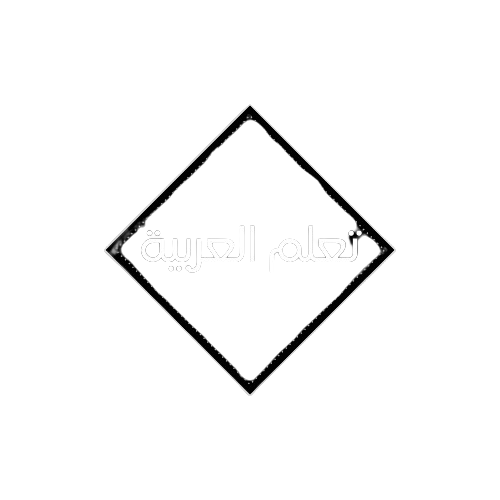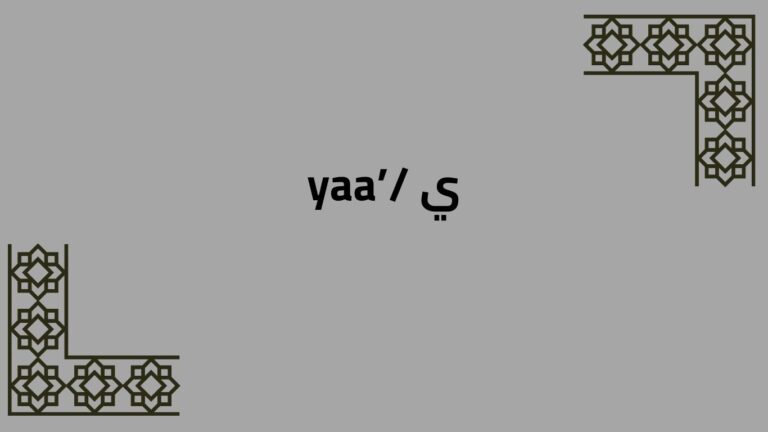The Arabic alphabet is a treasure trove of linguistic beauty and complexity, and the letter Yaa (ي) holds a special place within it. Representing the 28th letter, Yaa, with its distinctive shape reminiscent of a duck with two dots below, offers a rich tapestry of sounds and forms within Arabic words.
The Shapes of the Letter Yaa (ي)
In Arabic script, the letter Yaa takes on various forms depending on its position within a word. It can appear as a terminal, middle, initial, or isolated form:
- Terminal: ـي
- Middle: ـيـ
- Initial: يـ
- Isolated: ي
How to Pronounce Yaa (ي)?
Pronouncing Yaa is akin to articulating the English letters Y, I, and EE. Its versatility in pronunciation adds depth to Arabic words, allowing for nuanced expression.
Examples of Words with Yaa (ي)
To grasp the significance of Yaa, let’s explore its usage in various contexts:
Initial Yaa (ي):
- يقطين (Yaqtin) – Pumpkin
- يوم (Yawm) – Day
- يمامة (Yamama) – Dove
Middle Yaa (ي):
- سيّارة (Sayyaara) – Car
- بعيد (Ba’eed) – Far
- سريع (Saree’) – Fast
Terminal Yaa (ي):
- كرسي (Kursii) – Chair
- رأي (Raa’y) – Opinion
- صبي (Sabii) – Boy
The Letter Yaa (ي) with Harakat (حركات)
Harakat, or diacritical marks, bring further nuance to Yaa’s pronunciation:
- With Fat.ha (فتحة): يَعسوب (Yaa’sub) – Dragonfly
- With Damma (ضمة): يُوسفي (Yusifi) – Tangerine
- With Kasra (كسرة): قيِّم (Qayyem) – Valuable
- With Sukuun (سكون): عيْن (Ayin) – Eye
Yaa (ي) as a Long Vowel and Weak Letter
Yaa belongs to the category of weak letters (حروف العلة) alongside Alif (ا) and Waaw (و). These letters exhibit variability and can interchange. For instance:
- مشى (Masha) – (He) walked
- يمشي (Yamshi) – (He) is walking
- رمى (Rmaa) – (He) threw
- يرمي (Yarmii) – (He) is throwing
Here, Yaa transforms into Alif maqsoura ى, exemplifying its fluid nature within Arabic grammar.
Other Roles of Yaa (ي)
Yaa serves beyond its phonetic function, often denoting possession when appended to nouns:
- بيتي (Bayti) – My house
- يومي (Yawmi) – My day
- سيارتي (Sayyarati) – My car
By adding Yaa, the meaning shifts from a generic noun to possessive, enriching language with layers of expression.
Conclusion
In delving into the intricacies of the Arabic letter Yaa (ي), we unravel a world of linguistic depth and versatility. From its varied forms to nuanced pronunciation, Yaa stands as a testament to the richness of Arabic script. Whether as a conduit for possessive pronouns or a marker of vowel sounds, Yaa remains integral to the fabric of Arabic language and culture.


